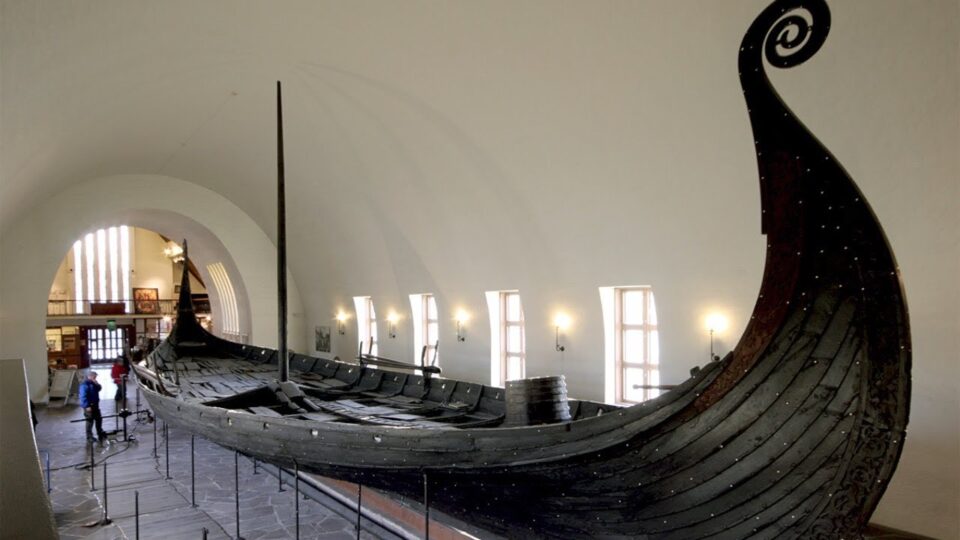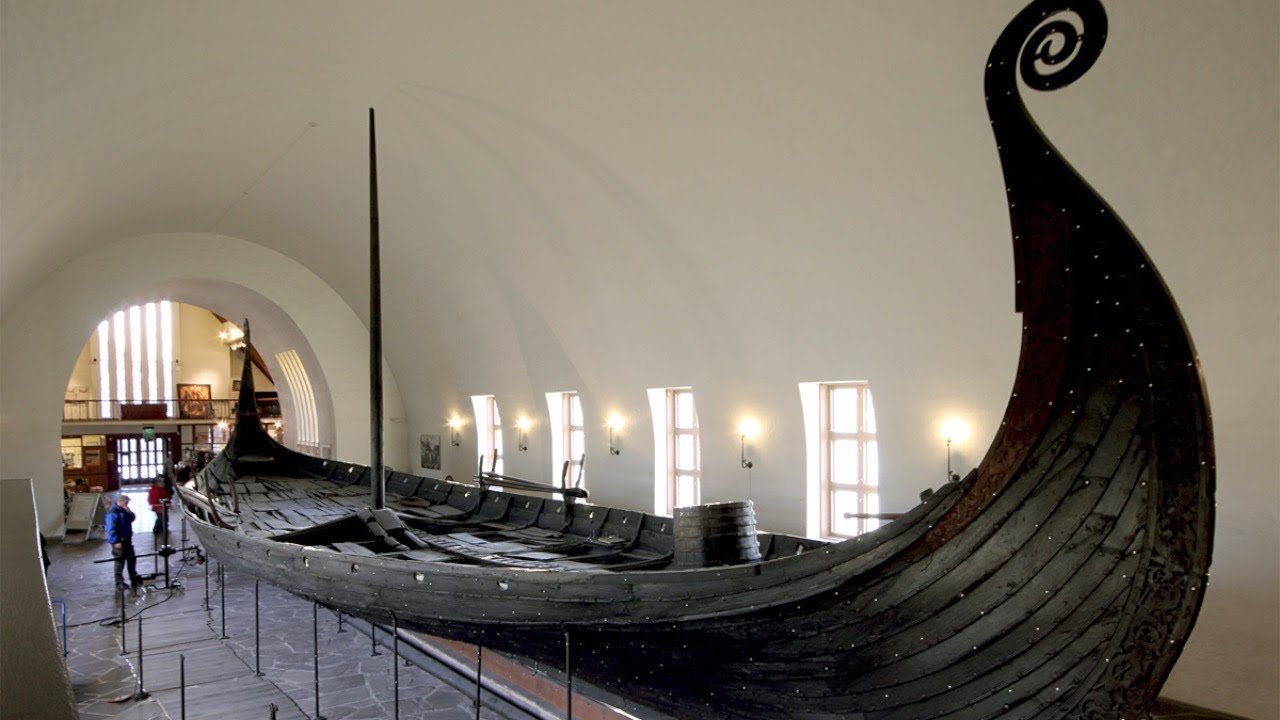
Best known as the land of the Vikings, the Historic Sites in Denmark reveal a country with a fascinating story that includes so much more. Indeed, inhabited as early as 12,500BC, many different people and civilisations have had a presence there, including the Romans and Celts.
Today, the Historic Sites in Denmark also offer an insight into the many sides of this nation, from Neolithic settlements to medieval castles and beyond. If you’re looking to learn more about cultural places in Denmark and the surrounding area, you can explore our interactive map above or navigate further by using the links below.
There’s a host of top sites to visit and among the very best are Frederiksborg Castle, The Viking Ship Museum and Kronborg Castle. Other popular sites tend to include Amalienborg Castle, Jelling and Kastellet.
We’ve put together an experts guide to Danish cultural landmarks and monuments, with our top ten places to visit as well as a full list of Historic Sites in Denmark, which shouldn’t be ignored if you have the time.
WHAT ARE THE BEST HISTORIC SITES IN DENMARK?
1. FREDERIKSBORG SLOT

Frederiksborg Slot was originally built in 1560 by Frederik II and expanded by Christian IV. Following a fire in 1859, which ravaged much of the castle, Frederiksborg Slot was restored and now serves in large part as Denmark’s National History Museum.
So, in addition to being able to view Frederiksborg Slot’s incredible architecture such as its Knight’s Hall and its stunning baroque gardens, visitors can tour the museum to learn about the country’s history dating back to the fifteenth century. The museum’s collection is mostly made up of artwork relating to Denmark’s past, including portraits of former monarchs and paintings of important events throughout its history.
2. THE VIKING SHIP MUSEUM

The Viking Ship Museum (Vikingeskibsmuseet) is located in Roskilde in Denmark. Displaying five Viking vessels, the Viking Ship Museum offers an incredible insight into the world of the Viking people and their era of between 800 AD and 1100 AD.
The ships displayed at the Viking Ship Museum are known as the “Skuldelev Ships”. This is due to the fact that they were found sunk in Skuldelev, a deliberate act by the Vikings to form a barrier – the Peberrende blockade – to enemy vessels.
The Viking ships range from a 30 metre long warship known as “wreck 2” to an 11.2 metre fishing boat. Each one has been carefully reconstructed.
The Viking Ship Museum also has an exhibit telling the story of a Norwegian attack and there are even summer boat trips available for an authentic Viking experience.
3. KRONBORG SLOT
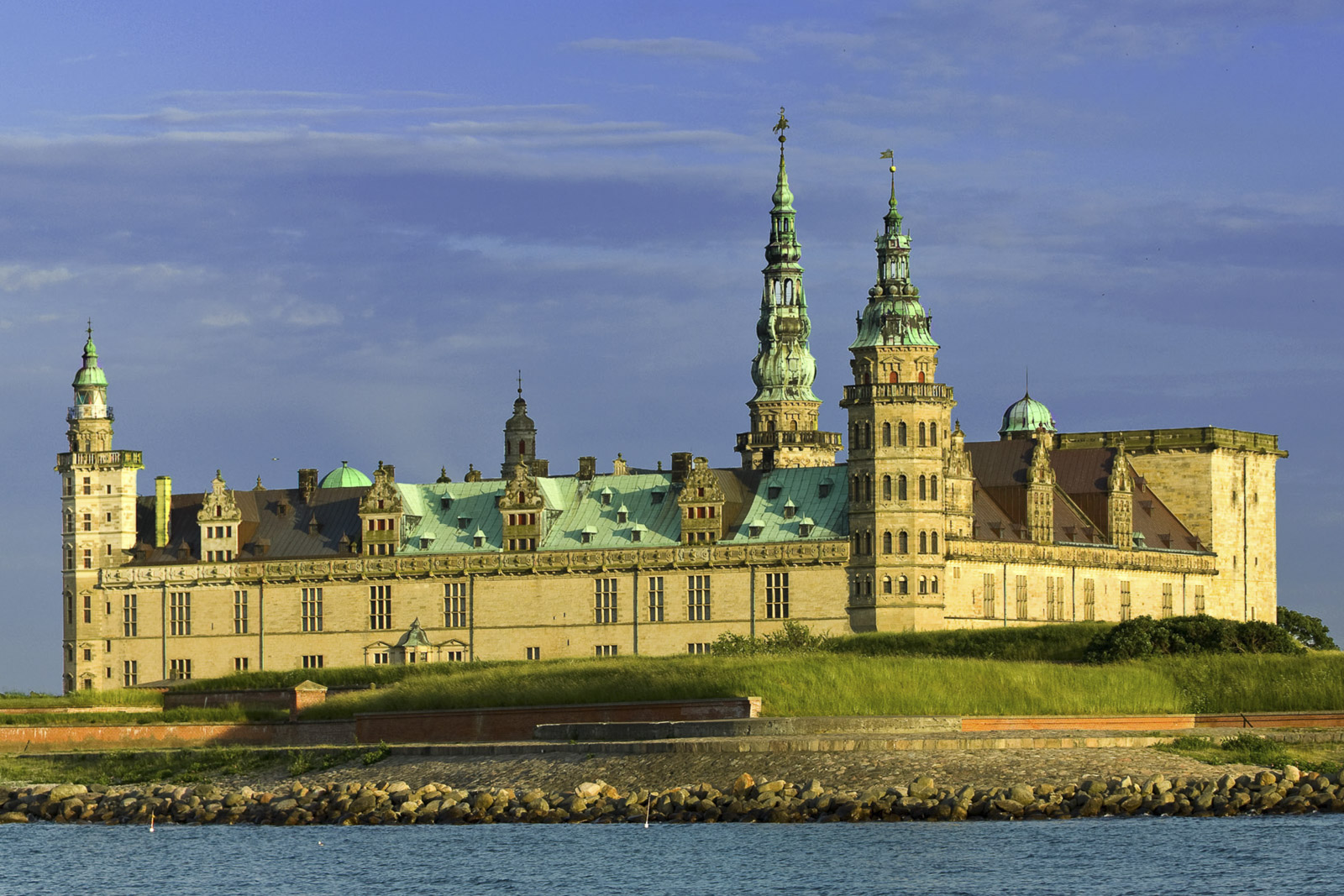
The first incarnation of Kronborg Slot or Kronborg Castle in Helsingør, Denmark was constructed in the 1420’s by Erik of Pomerania. Known as Krogen or “the Hook”, this was a heavily fortified structure.
Over time, Kronborg Slot was renovated by its successive royal owners, notably by Frederik II who transformed it into a Renaissance masterpiece, resplendent with towers, sculptures, columns and an imposing spire, making it a symbol of his own power.
Burned down in 1629, rebuilt by Christian IV and then ravaged by Swedish forces in 1658, Kronborg Slot has undergone a series of changes over the centuries. It served as a royal residence until around 1690 and then as an eighteenth century army barracks.
Today, Kronborg Slot is one of the most famous castles in Northern Europe and is a UNESCO World Heritage site. Restored to its original glory as it would have looked in the sixteenth and seventeenth centuries, Kronborg Slot is now open to the public.
Inside its opulent walls, visitors can view its incredibly long sixteenth century Great Hall as well as the statue of and exhibition about Viking chief Holger Dansk. It also houses a Maritime Museum.
Kronborg Slot is also the setting for Shakespeare’s famous play, Hamlet and the castle often hosts festivals in the bard’s honour.
Free guided tours are available. For the Casemates, these take place at 11:00am and 3:00pm and for the Royal Apartments, these take place at 11:30am and 1:30pm.
This site also features as one of our Top 10 Tourist Attractions in Denmark.
4. AMALIENBORG SLOT
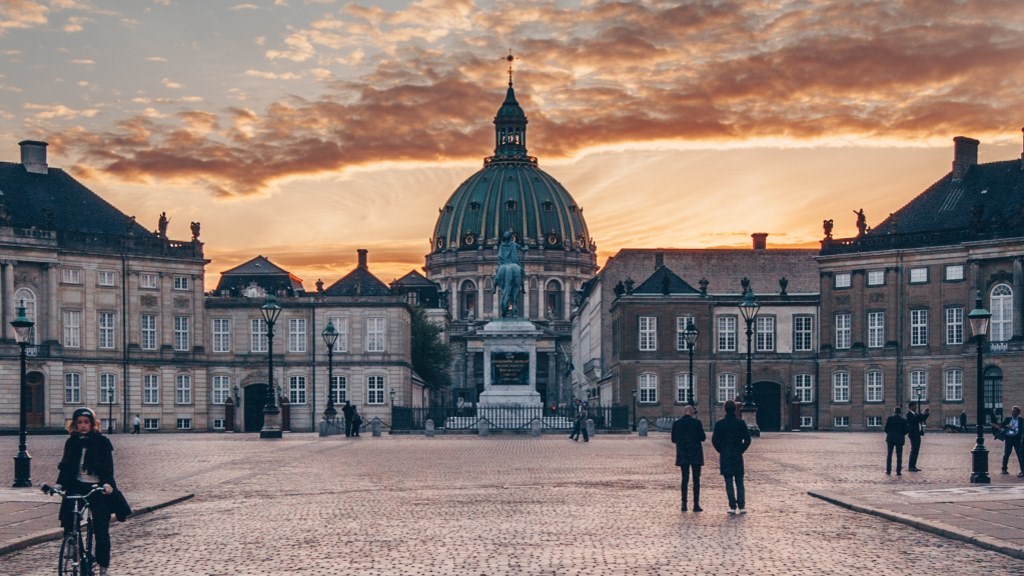
Amalienborg Slot in northern Copenhagen is a Rococo style palace originally constructed under the orders of King Frederik V.
Made up of four externally similar buildings built around a central courtyard, Amalienborg Slot was completed in 1760. The first residents of the palace were not royals, but rather wealthy families. However, in 1749, Amalienborg Slot became a royal palace after Christiansborg Slot was destroyed in a fire.
The four buildings are divided into Christian IX’s Palace, Christian VII’s Palace, Christian VIII’s Palace (now the Amalienborg Museum) and Frederik VIII’s Palace.
Today, Amalienborg Slot is the winter home of the Danish royals. Visitors can tour parts of Amalienborg Slot, viewing royal collections and objects as well as enjoying the palace’s Rococo architecture, including the ornate Knight’s Chamber.
The entrance hall of the palace is also fascinating, having been restored to its eighteenth century state. In the central courtyard, the sculpture of Frederik V is understood to have been as expensive to create as Amalienborg Slot itself. This site features as one of our Top 10 Tourist Attractions of Denmark.
5. JELLING

Jelling is an impressive and significant archaeological Viking site in Denmark containing a series of important tenth century finds.
Originally the royal home of the Gorm the Old, Jelling remains a vital part of Denmark’s history, particularly as this Viking king was the first of the royal line which still rules the country today.
Gorm and his son, Harald I Bluetooth, erected several monuments at Jelling, including a pair of enormous grave mounds, which are the largest in Denmark. These are still incredibly well-preserved and can be viewed at the site. Gorm was buried in the larger one, although the second one is not thought to have been used.
There are also two runic stones at Jelling, the larger one thought to have been built by Harald and the smaller by Gorm before him. The runic stones stand before Jelling Church or “Jelling Kirke”, which dates back to around 1100. This was the third such church to have been built on the site, former wooden version having been built by Harald, who converted to Christianity.
The Jelling site has a visitor centre – Kongernes Jelling – with a series of exhibits telling the story of the monuments. This site also features as one of our Top Danish Tourist Attractions.
6. KASTELLET

Kastellet in Copenhagen was constructed in 1663 under King Frederik III, after the original fort on the site was compromised by a Swedish attack in 1658. It was partially rebuilt again in the nineteenth century when the distinctively star-shaped building, flanked by a moat, served as a prison.
During the Second World War, Kastellet was used as a base by German forces whilst they occupied Copenhagen.
Today, still in a great state of preservation, Kastellet is a military base. Its grounds have been turned into a park, which is open to the public, although there is no access to the inside of the fortification.
7. AALBORGHUS CASTLE

Aalborghus Castle, translated as ‘Aalborghus Slot’, is a castle and former fortification in the city of Aalborg in Denmark. Built by Christian III between 1539 and 1555, it was intended as the home of the local governor.
Today, visitors can tour Aalborghus Castle and, perhaps most interestingly, its dungeons.
8. ASSISTENS KIRKEGARD
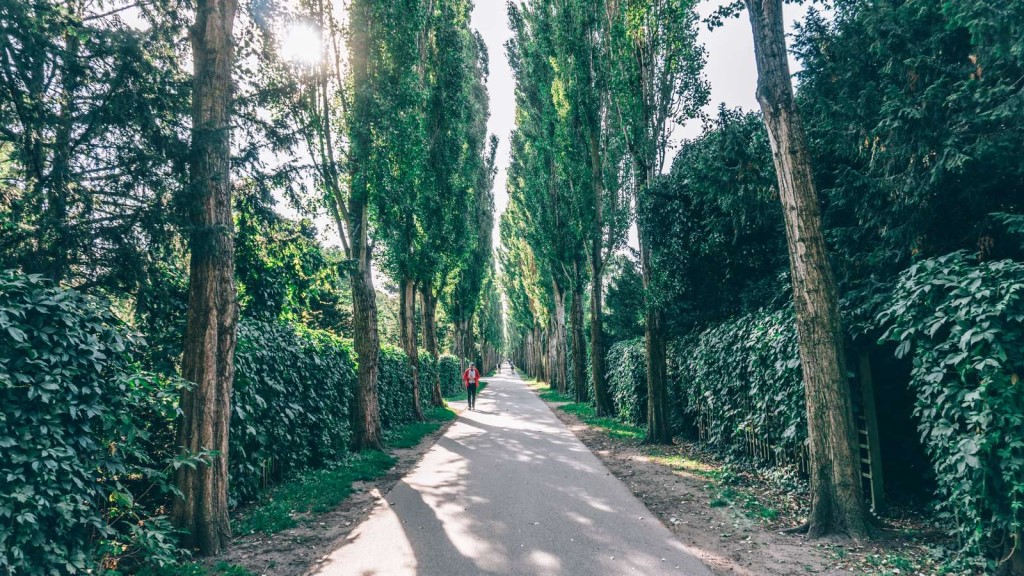
Assistens Kirkegard is a cemetery in Copenhagen, Denmark, which was initially built in the eighteenth century following the outbreak of plague. Copenhagen’s other cemeteries were unable to cope with the demand for burial plots and thus Assistens Kirkegard was created for this purpose.
In the latter half of the eighteenth century, plots at Assistens Kirkegard became fashionable and today it houses the burial places of many of Denmark’s most prominent figures, including Hans Christian Andersen and Soren Kierkegaard.
Assistens Kirkegard is also a park, containing many leisure facilities.
9. FRIHEDSMUSEET

Frihedsmuseet or “The Museum of Danish Resistance” is a museum in Copenhagen dedicated to the Danish Resistance movement against Nazi occupation from 1940 to 1945. PLEASE NOTE: The current information on the official website states that the museum is currently closed.
Starting with an original armoured car belonging to the resistance displayed outside its entrance, Frihedsmuseet creates a compelling narrative of the events of the war and the efforts of this movement.
From home-made weapons and photographs of resistance fighters who died for their cause, Frihedsmuseet explores the events of the Resistance through original artefacts, documents and films.
There is also an exhibition relating to how the Resistance undertook the covert evacuation of Denmark’s Jewish population to Sweden and, conversely, another exhibit about Denmark’s cooperation with the Germans.
All of the exhibits in Frihedsmuseet’s chronological display are available in Danish and in English. This site features as one of our most recommended visitor attractions in Denmark.
The Museum is currently closed due to a fire in the spring of 2013 and is due to reopen in 2018.
10. THE VIKING MUSEUM AT LADBY
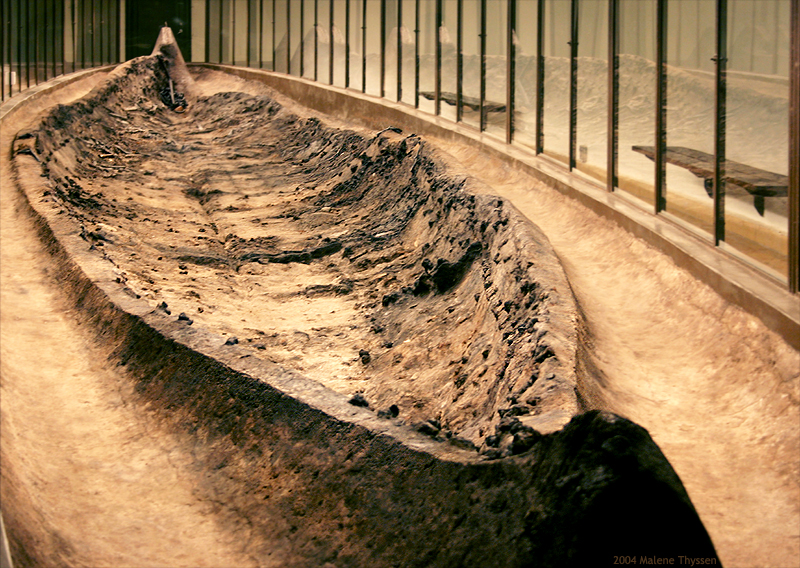
The Viking Museum at Ladbyhouses the Ladby Burial Ship, a Viking ship grave found there in 1935.
Dating back to around 925 AD, it is believed that the ship is the burial site of a prince or other leader, such as a chieftain. The Ladby Burial Ship was hauled to the top of the hill and filled with burial goods such as valuables and even animals.
Displaying the Ladby Burial Ship amidst a series of other excavation finds, the Viking Museum at Ladby offers an insight into the history of the Vikings and their lives in the area.
by: triphistoric.com


